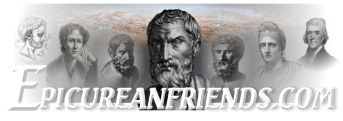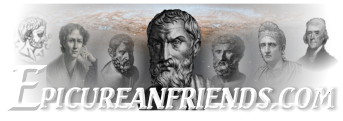Elli has let me know that she is exploring wall decorations for a professional office setting, and she is investigating laser-etched wall hangings such as shown in the photos in this thread.
Elli is looking primarily to produce an etching based on this statue of Epicurus:
With the goal of producing something that looks like this:
Two initial options came out like this:
Elli has found this information about the process: https://www.foteinon.gr/wp-content/upl…PANTOGRAFOS.pdf
A video about the process: https://l.facebook.com/l.php?u=https%…Q6gPcQFOzmQuLfQ
And she has learned that the machine is called pantograph plasma laser and cuts metals. She is asking me if we have any ability to see what something like this would cost in the USA with dimensions of 19 inches X 35 inches.
For anyone who can view it, here are apparently the STL files she is working with:
EpicurusAndAsclepiosSTLfiles.zip
Any thoughts about this will be appreciated!

